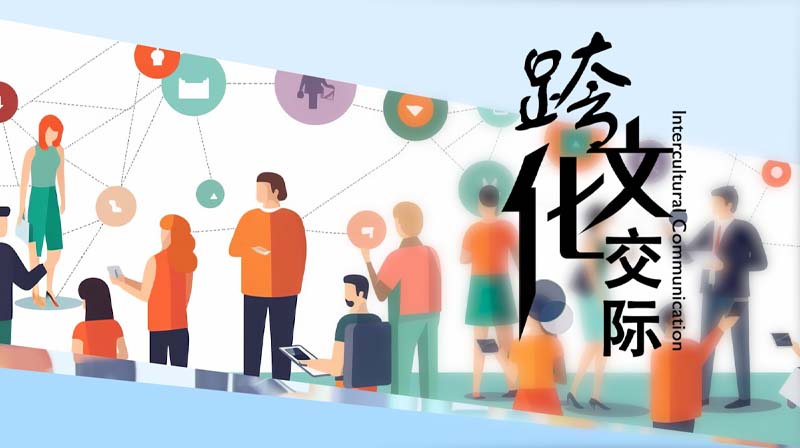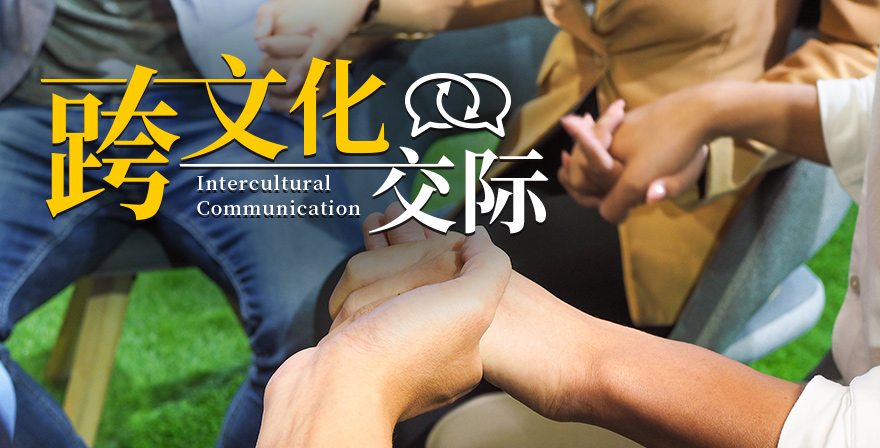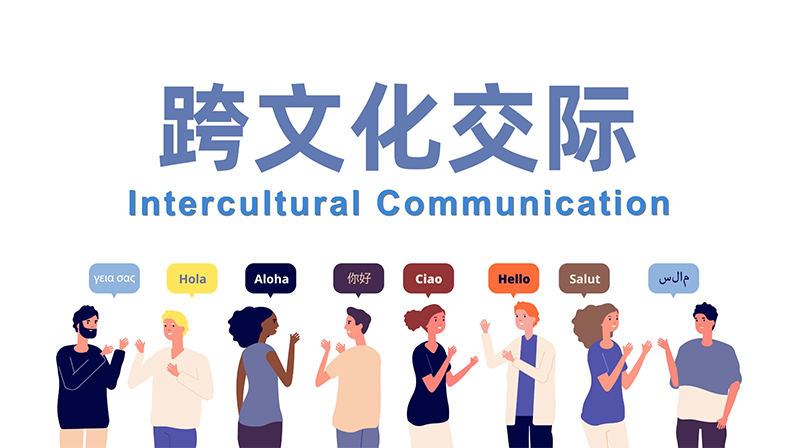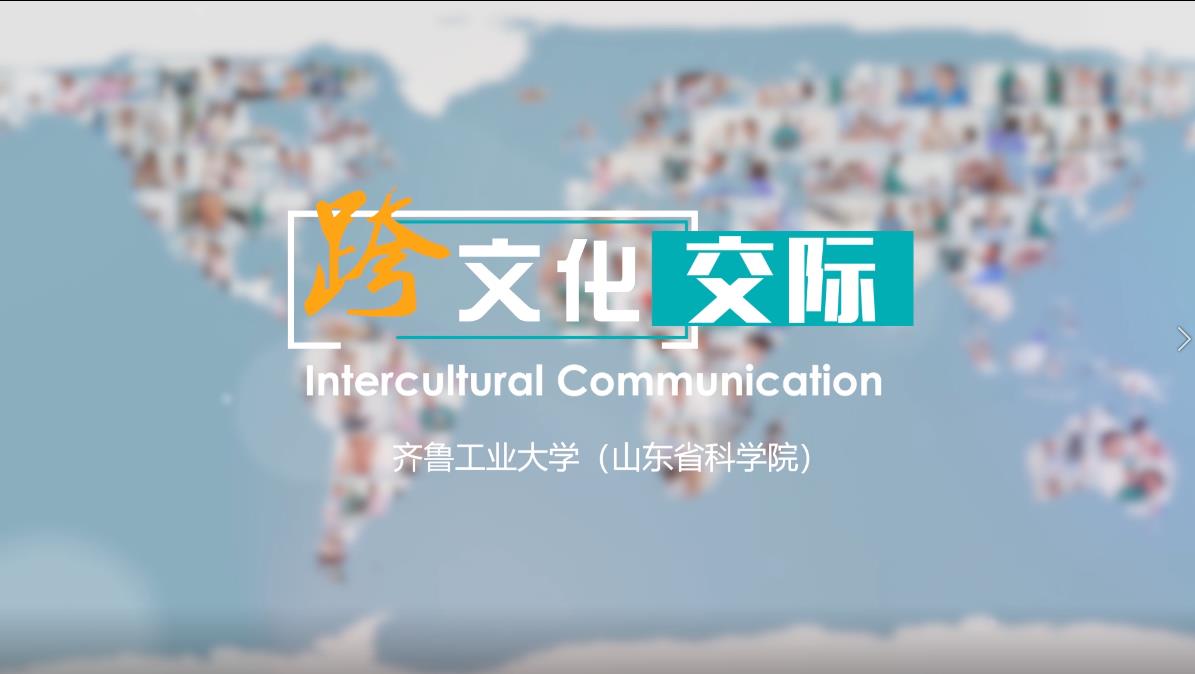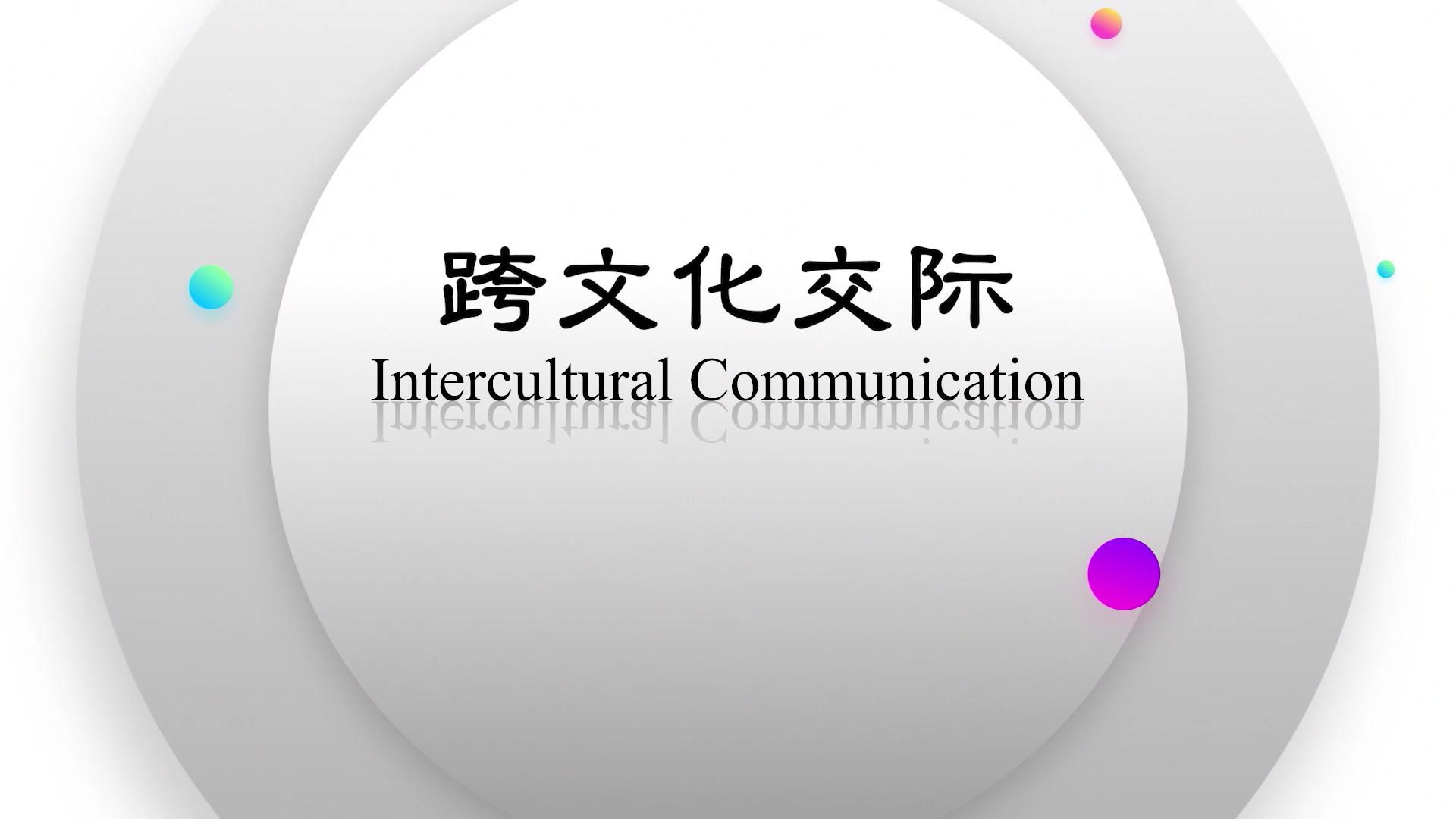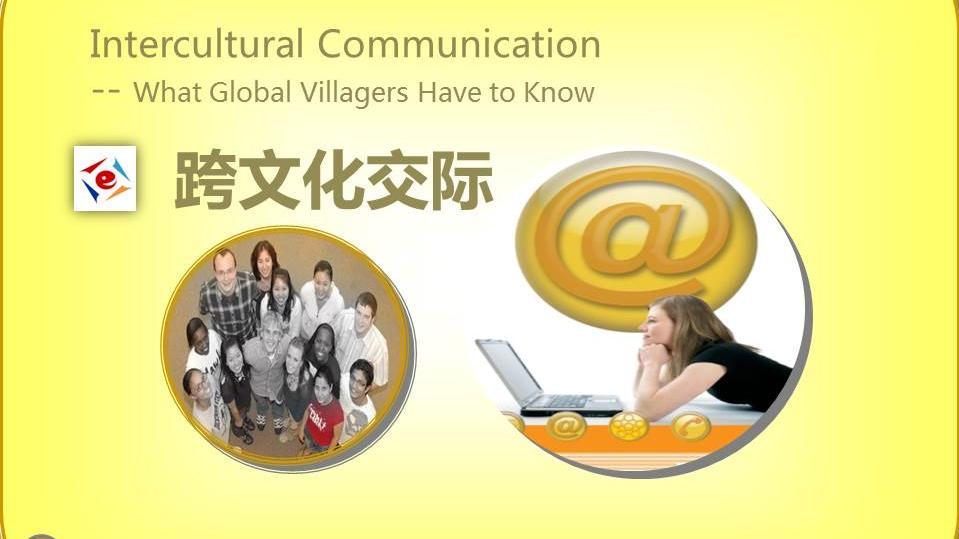第四章单元测试
- One theory of basic human values which has been very influential is that of Kluckhohn and Strodtbeck (1961). ( )
- Contemporary Chinese scholar Pei-Jung Fu echoes this belief that human nature is originally good when he writes, “there is solid foundation for claiming that Confucius regarded human nature as tending toward goodness.” ( )
- In China, "Unity of heaven and man" is a Chinese philosophical thought, which is expounded by Confucianism, Taoism and Buddhism. ( )
- Individuals with a “past-present” focus have a short-term view of time, whereas individuals with a “future” focus have a long- to medium-term view of time. ( )
- People in the doing-oriented culture stress release, indulgence of existing desires, and working for the moment. ( )
- Involvement is shown by such discourse strategies as ( ).
- Facework is defined as "a set of coordinated practices in which communicators build, maintain, protect, or threaten personal dignity, honor, and respect". ( )
- Any communication is a risk to face. ( )
A high-context communication is one in which most of the information is either in the physical context or internalized in the person, while _______ is in the coded explicit part of the message. ( )
- In low-context cultures, ______ and ______ are needed in communication. ( )
- People of low-context cultures are very homogeneous concerning experiences, information networks. ( )
- China belongs to collectivist culture. ( )
- In “I” culture, ______ are important. ( )
- Individualism is originated from the nuclear family structure, including parents and their immediate members, with the order of ______ among the members. ( )
- Greet surveyed the workers in ______, got extensive statistics, made carefully analysis on cultural values, and formed the scale of four value dimensions. ( )
- People of high uncertainty avoidance cultures prefer______.( )
- The high-uncertainty-avoidance-cultures hold “what is different, is curious”. ( )
- Cultures with feminine traits are named femininity cultures, and the traits include ( ).
- Power distance means “to what extent a culture group adapts to _______ of power distribution in relationship and organization within a country.” ( )
- The low-power-distance cultures are characterized by ______. ( )
- In low-power-distance cultures, the people in power often try to look less powerful than they really are. ( )
- The high-power-distance cultures are normally affiliated with high-context cultures and collectivist cultures. ( )
- People are more informal and more direct in the high-power-distance cultures than those in the low-power-distance cultures. ( )
- In masculinity cultures, people believe family comes before work. ( )
A:错 B:对
答案:对
A:错 B:对
A:错 B:对
A:对 B:错
A:对 B:错
A:using first names B:pointing out common in group membership C:showing a strong interest in their affairs D:paying attention to others
A:错 B:对
A:错 B:对
A:all B:None C:much D:little
A:fast message B:slow message C:direct message D:indirect message
A:对 B:错
A:错 B:对
A:cooperation rather than competition B:group goals rather than personal goals; C:personal goals rather than group goals; D:competition rather than cooperation
A:equality B:obedience C:hierarchy D:solidarity
A:Microsoft B:Google C:IBM D:Dell
A:explicit instructions B:ambiguity and uncertainty C:rigid codes of behavior and beliefs D:procedures and policies
A:对 B:错
A:strength B:empathy C:gentleness D:gracefulness
A:inequation B:inevitability C:ineptitude D:inequalities
A:consultative management style B:expectation of egalitarianism C:autocratic leadership D:flat organization structures
A:错 B:对
A:对 B:错
A:对 B:错
A:对 B:错
温馨提示支付 ¥3.00 元后可查看付费内容,请先翻页预览!

